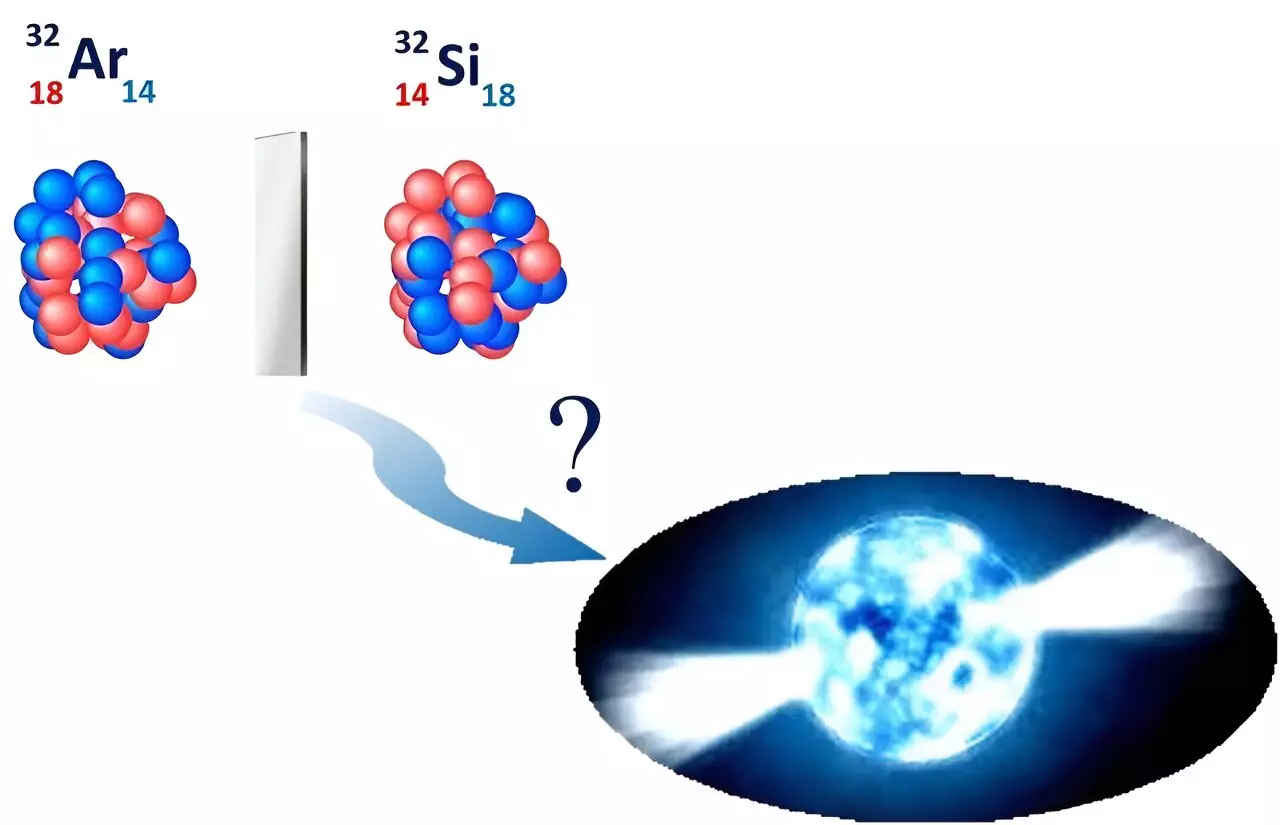Nuclear theory plays a crucial role in understanding the structure of atomic nuclei and their components. Recent studies have focused on measuring the radii of stable and unstable silicon isotopes to gain insights into the physics of astrophysical objects such as neutron stars.
In a recent study, researchers used laser-assisted measurements to determine the nuclear radii of silicon-28, silicon-29, and silicon-30 isotopes. Additionally, the radius of the unstable silicon-32 nucleus was measured, providing valuable data for nuclear theory development.
Despite advancements in nuclear theory, scientists still face challenges in understanding nuclei. Connecting the description of nuclear size with the strong nuclear force theory remains a complex task. Furthermore, the reliability of finite atomic nuclei theories in describing nuclear matter, especially in extreme conditions like neutron stars, is not fully understood.
Precision measurements of charge radii, obtained through laser spectroscopy, are essential for addressing these open questions in nuclear theory. By measuring atomic isotope shifts at state-of-the-art facilities like BECOLA at FRIB, researchers can obtain crucial data for nuclear theory development.
The results of the study on silicon isotopes provide a benchmark for nuclear theory and help constrain parameters needed to describe dense neutron matter within neutron stars. These findings align with constraints from gravitational wave observations, contributing to a better understanding of astrophysical phenomena.
Studying the nuclear radii of isotopes is crucial for advancing nuclear theory and gaining insights into astrophysical objects. By leveraging precision measurements and cutting-edge facilities, researchers can continue to unravel the mysteries of atomic nuclei and their implications for the universe.


Leave a Reply